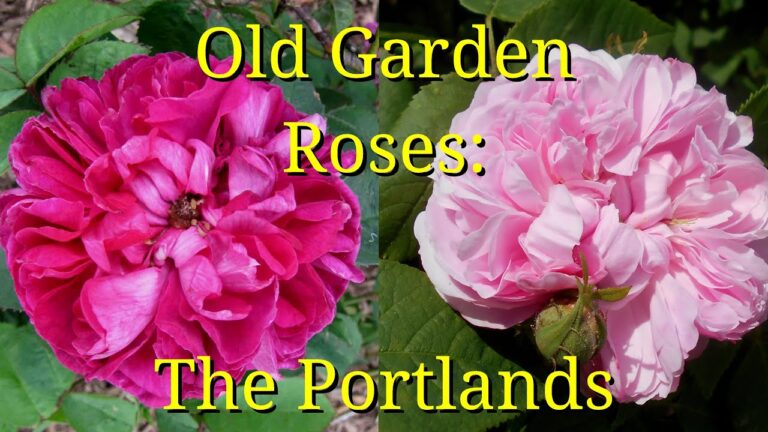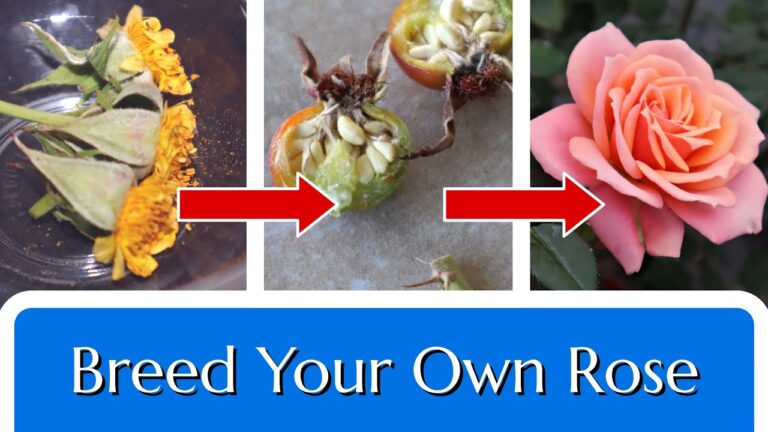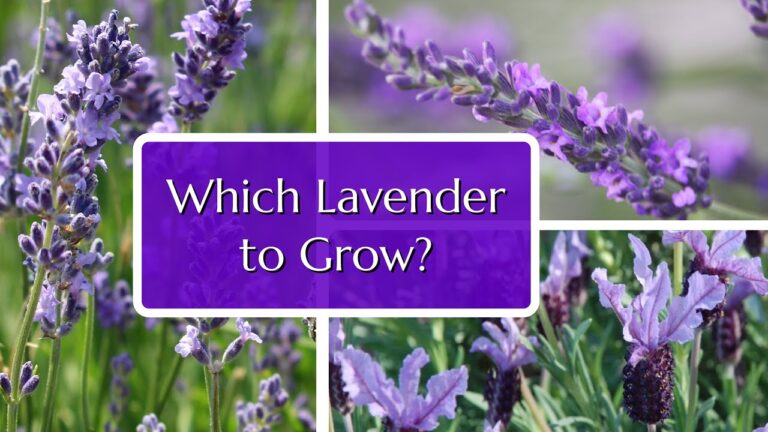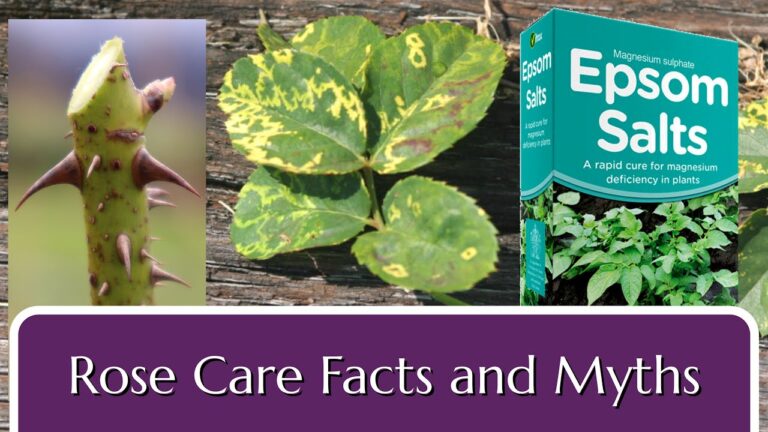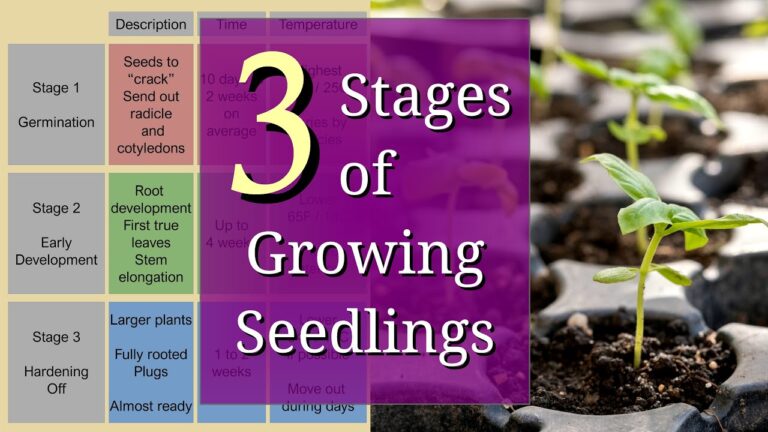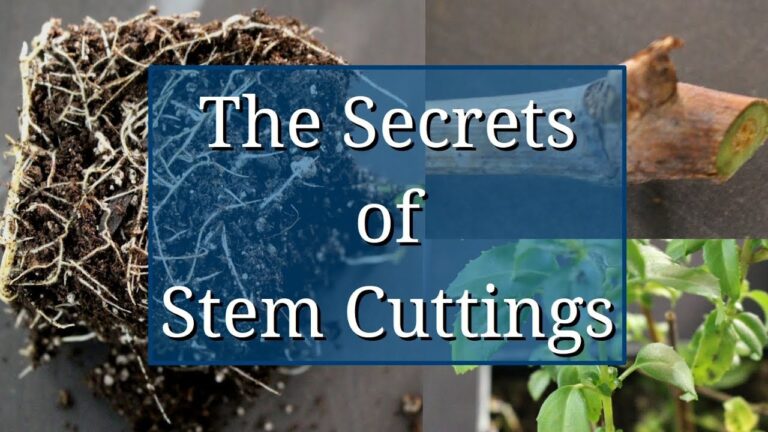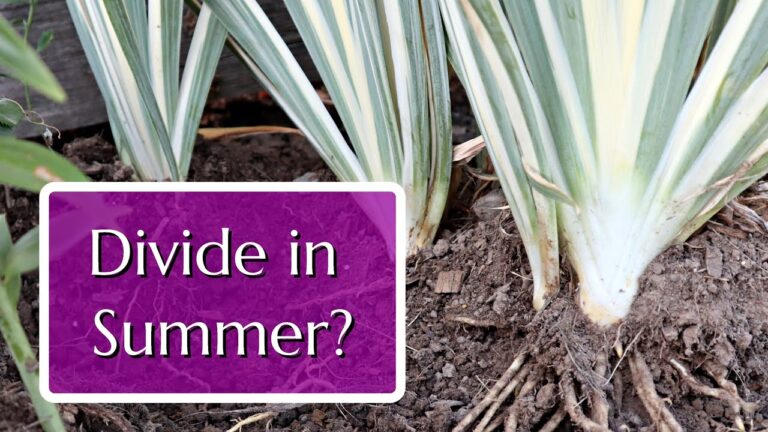Portland Roses: A Forgotten Gem in Rose History
Jason from Fraser Valley Rose Farm concludes his fascinating series on old garden roses with one of his personal favorites—the Portland roses. Often overshadowed by their more famous successors, these roses represent a critical turning point in rose history. Their story intertwines with the excitement of reblooming roses in Europe, a genetic puzzle, and a…

